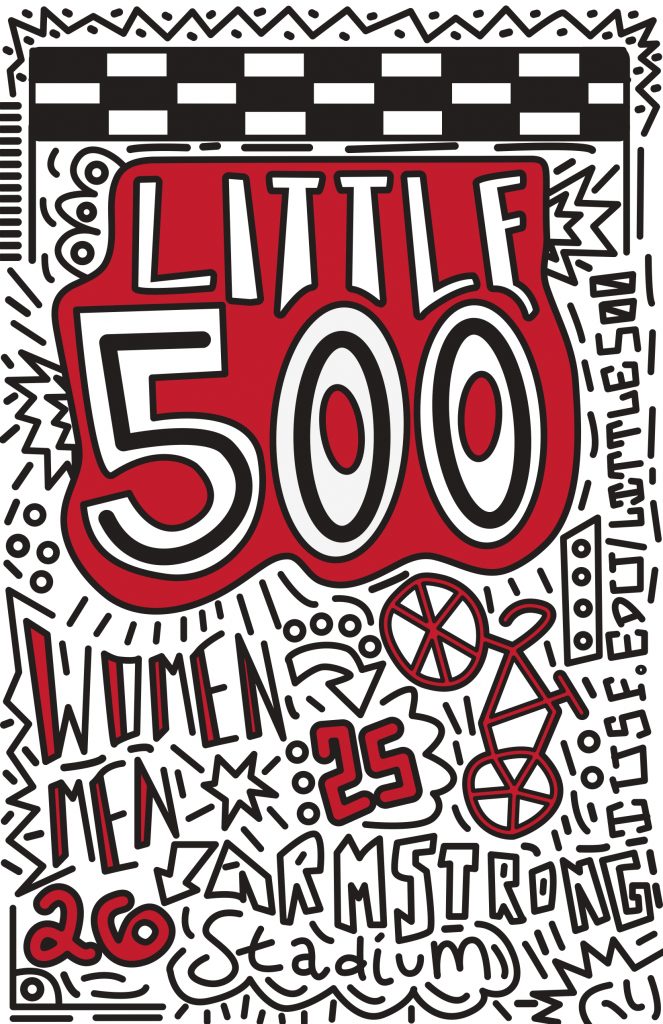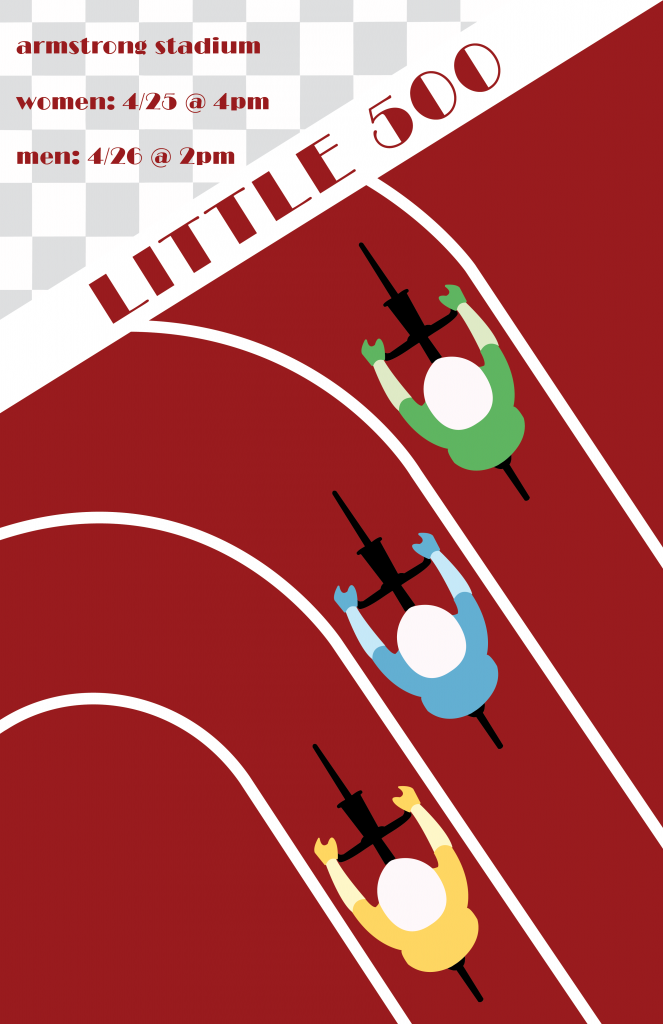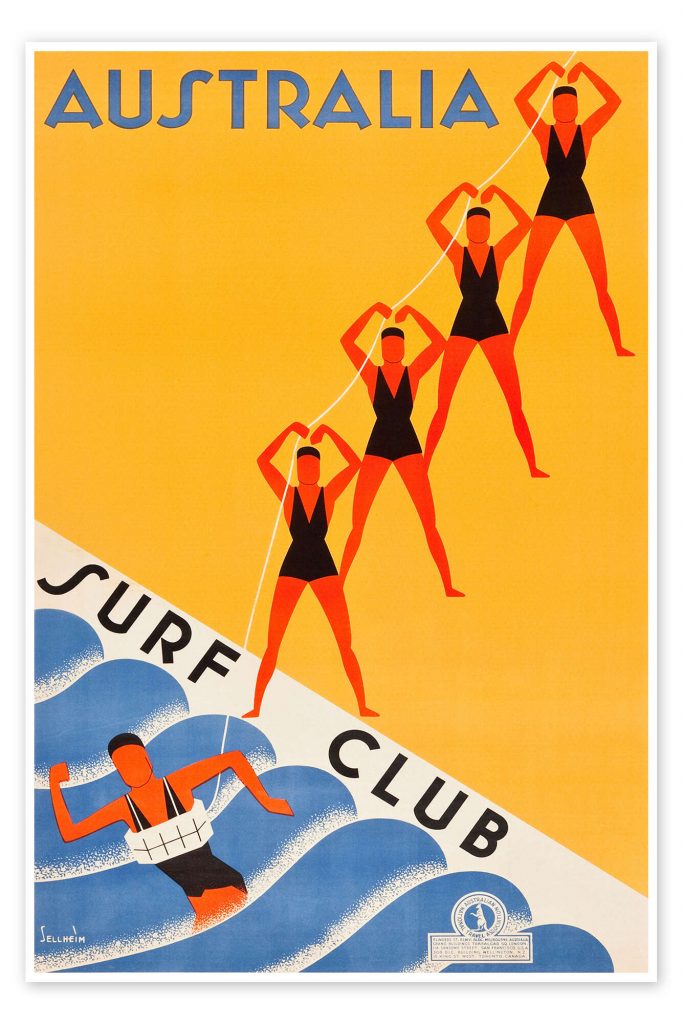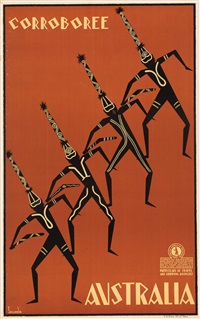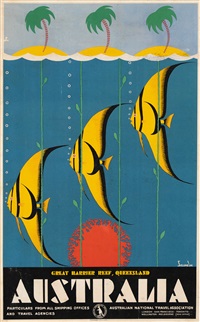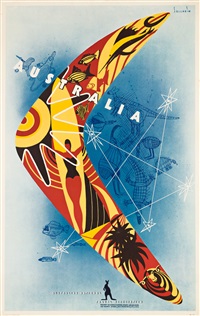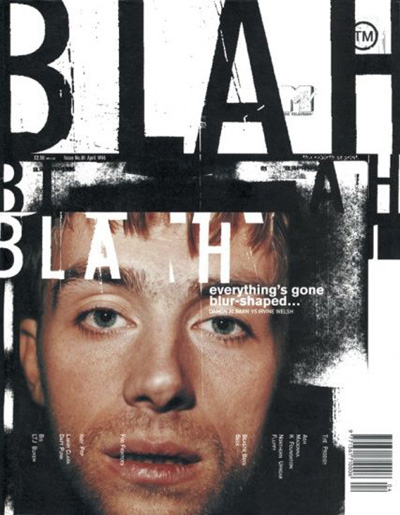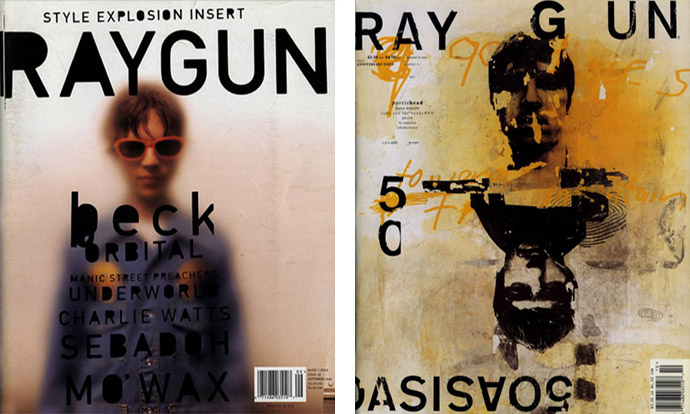For my influence, I decided I wanted to specifically choose an artist that is new to the game, someone who will most likely have a long illustrious career in the near future. I decided that Timothy Goodman would be a good choice. Goodman was born in Cleveland, Ohio and developed a passion for art early on in his life. Although he didn’t see this as a viable career path, he initially worked in construction. Eventually, he decided to apply to the School of Visual Arts in New York City where he studied graphic design and finally found his artistic voice.
Working as a designer for a few years, Goodman eventually gained recognition for his illustrations and murals. His distinctive mix of bold hand-drawn letters and illustrations combined with his socially aware and reflective messaging allowed his career to really take off. His collaborations with high-profile brands such as Apple, Google, Target, and The New York Times quickly allowed him to build a name for himself.
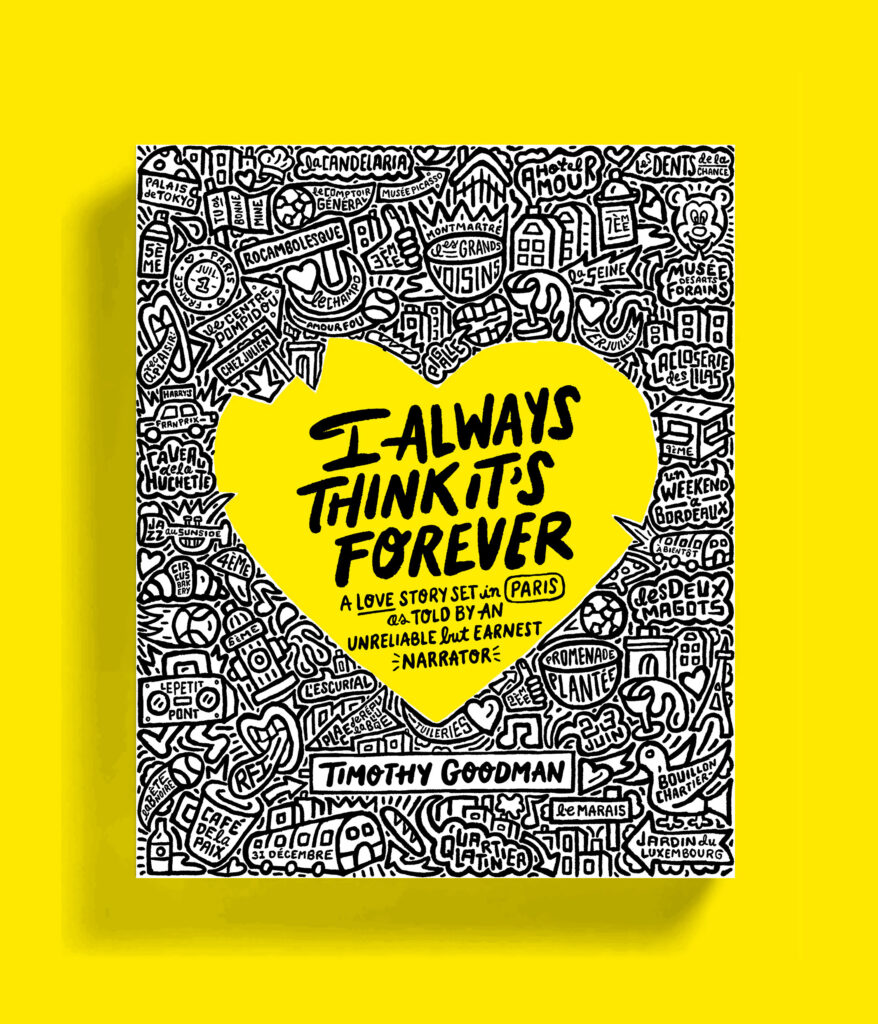
Goodman has since used his art as a medium to explore more complex personal and social ideas. He often talks about topics such as mental health, masculinity, relationships, and self discovery in his works and he uses his platform to address issues on social justice and activism. His extremely distinct style of hand-drawn letters and minimal use of bold color make his work instantly recognizable and visually engaging. The way he chooses to fill space and weave words for visual balance is thought-provoking as well as attractive to the eye. This combined with his unique voice has made him a standout figure in the world of contemporary art, illustration, and design.
Again, I chose Goodman initially due to the fact that he is still a relatively new designer, but I also resonate heavily with his style being heavily into hand-drawn elements. Looking at my piece is trying to draw on that style while also remaining original in design choices. So things I directly took from Goodman include the line weight being overall the same except for in a few specific cases. Goodman often uses sharpies and paint markers for his work, so the line weight almost always is consistently the same throughout one project. I also initially struggled with how to incorporate color and ended up reverting to a technique that Goodman has employed where the largest, most important words stand alone in color, while the rest of the work remains black and white. As far as the fonts and fillings go for the hand-drawn elements, most of them derive from designs that Goodman consistently employs with my own personal spin on them.

Overall, I think my design most definitely looks as if it was influenced by Goodman. The way that space is managed and filled was a long and laborious task, but I think it resulted in something that has the same visual interest as Goodman’s work. If I was to do this again I would have probably employed more words or phrases into the design, seeing that most of Goodman’s work has copious amounts of words. I do think that the design lives up to the hand-drawn lettering, the emphasis on space, and use of bold colors that Goodman got so famous for in the first place.

